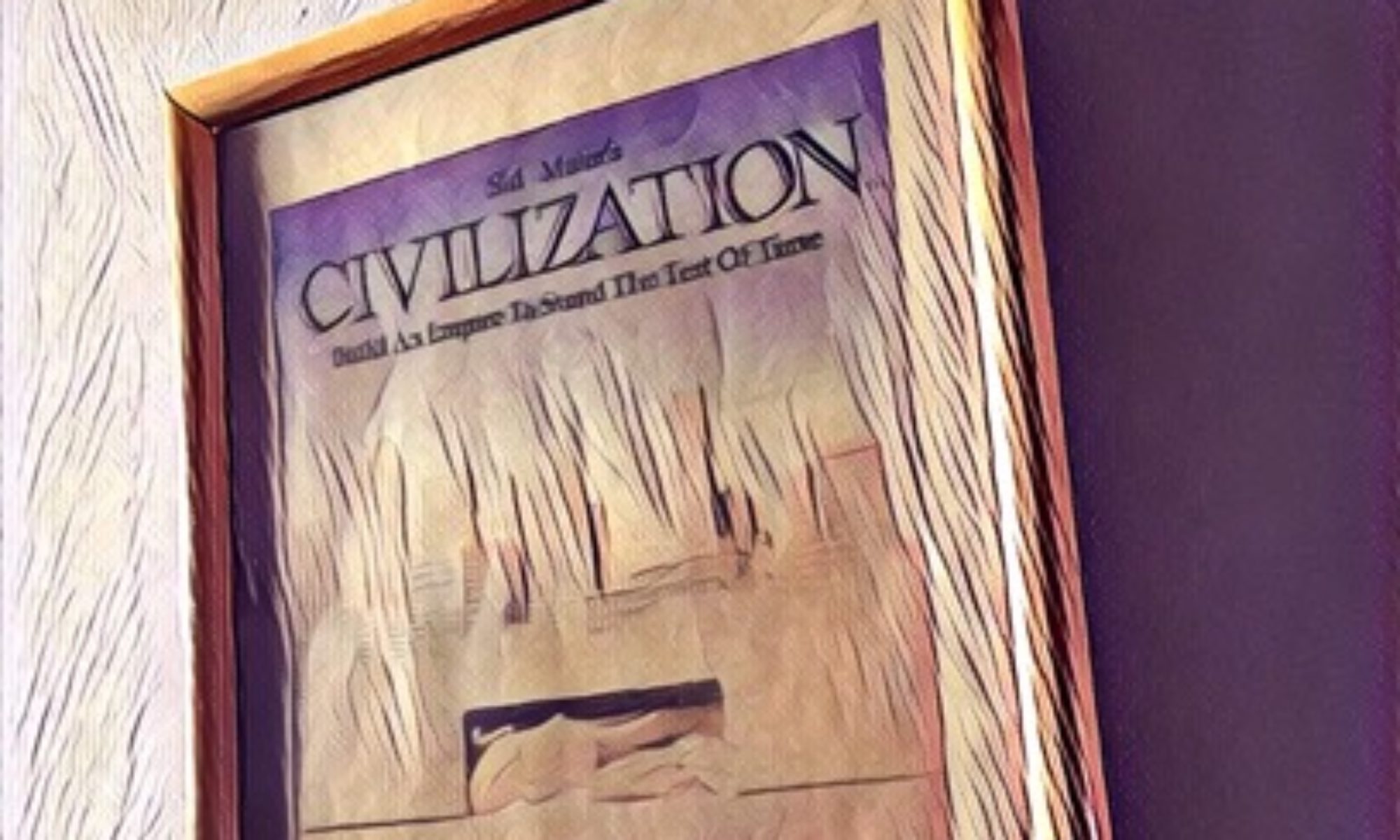Improvement on the groundwork for the still distant prequels continues in 1992 as a smart product policy advances the familiarity with the OT.
The release of Timothy Zahn’s Heir of the Empire and its sequels Dark Force Rising and The Last Command was by no means arbitrary. As an actual continuation trilogy of the OT, it was only fitting that this exciting series coincided with Lucasfilm’s re-issue of the classics on video in their letterbox incarnations.
Their promotional clips famously intoned, “If you think you have seen the whole of the Star Wars Saga – then think again!” and thus also suggested in intriguing fashion the strategy behind Lucasfilm’s low-key approach to (re-)marketing Star Wars.

As per Howard Roffman’s keen observation (see DT: LIFM 3), a successful product demands an appropriate context to be accepted by the market. Now a consumer environment continuously evolves as one generation outgrows a particular segment to move on to the next, which makes it especially difficult to maintain, let alone revive interest in a basically dormant franchise. A moment of inconsiderate, self-serving passivity suffices to lose touch with the succeeding consumer generation. On the other hand, inflated, attention-seeking swagger will drown whatever interest there may have been. A successful product thrives on the fine balance of satisfying demand on the one hand, while generating and nurturing interest on the other. Here is where the ingenuous timing of Star Tours comes into play.
With a foundation as well made and entertaining as the OT, it was advisable to let potential consumers discover the product for themselves. Star Tours became a model for all future Star Wars marketing ventures, acting as a veritably enjoyable teaser by referencing inflections of the OT without ever going into any details about the saga’s actual plot. The concurrent release of ROTJ on video in 1987 thus perfectly complemented the launch of the ride as merry Star Tourists could continue their adventures from their armchairs.
By structuring a new product around a vehicle that reflected or contained story elements of the existing films, Lucasfilm was able to overcome generational divides and, amazingly, address not simply an isolated consumer group but indeed the general public. Furthermore, with Zahn’s Thrawn Trilogy, the vehicle had indeed become the product itself.

Against this background, 1992 saw LucasArts’ efforts in the field of aircraft combat simulations finally come to ultimate fruition. X-Wing – Space Combat Simulator told the story of Keyan Farlander, a rookie pilot in the struggling Rebel fleet, who takes part in key missions eventually leading up to the destruction of the Death Star. However, this character’s story was not directly implemented in the game itself, but retained in a novella that came with the game. Some reviews instantly balked at the lost opportunity and suggested that Origin Systems would have made a whole new Star Wars episode out of this license.

X-Wing was never intended as a tedious rehash of the motion pictures but designed as a dedicated simulation of a military career during a galactic civil war. Although characters such as Admiral Ackbar, General Dodonna, Princess Leia and Darth Vader made cameos, the perspective never swerved from that of a Rebel pilot’s stressful life. Indeed, Luke Skywalker would not appear or even be mentioned until the second mission disk B-Wing more than a year later.
The original game, and the succeeding mission disks in particular introduced Lucasfilm’s crucial patch-work storytelling policy: X-Wing not only delivered first-rate action, it filled out, in its own intricate, text-based fashion, the blank spaces of the OT. While digesting data for every mission, gamers picked up names such as Tatooine, Kashyyyk or Alderaan on the fly and thus grew inevitably familiar with a fictional universe that had long since transcended the boundaries of the OT by 1992. In the process X-Wing also elaborated greatly on titbits found in the opening crawls, for instance: “Rebel spaceships […] have won their first victory against the evil Galactic Empire. During the battle, Rebel spies managed to steal secret plans to the Empire’s ultimate weapon” was translated into a massive space battle in which the player had to ensure that Princess Leia’s Tantive IV could escape safely. And who would have known that TESB’s innocent little line “Although the Death Star has been destroyed, Imperial troops have driven the Rebel forces from their hidden base and pursued them across the galaxy” would sentence players to a series of most cruel escort and escape missions set around Yavin IV at the beginning of the first mission disk, aptly titled Imperial Pursuit.

So playing a Star Wars game meant from now on to expand one’s understanding of the saga in general. Moving on within the narrative of a particular game, gamers learnt more and more details on matters previously merely hinted at (Princess Leia had a crucial conversation with Captain Antillees before he was strangled by Vader) or never published before (the Rebellion owed their lives to instellar criminals akin to Jabba the Hutt). Enjoy the entire X-Wing storyline here.

Now the resultant narrative complexity made a Wing Commander-sized approach not only unfeasible at this stage of home computing technology, but reflected the game designers’ impeccable cunning: X-Wing may have lacked the visual splendour of Chris Robert’s hardware hungry epic, but this only ensured that the broadest possible user base could be immersed deeper in George Lucas’ universe due to exceedingly forgiving system requirements.
Playing X-Wing felt like being part of an entirely new adventure set in a galaxy, far, far away. Lawrence Holland’s and Ed Kilhalm’s “Space Combat Simulator” became a stupendous success.
